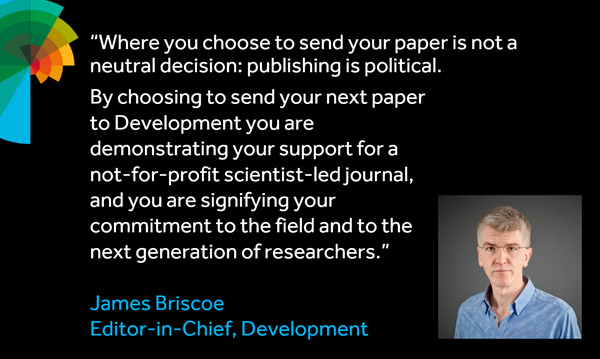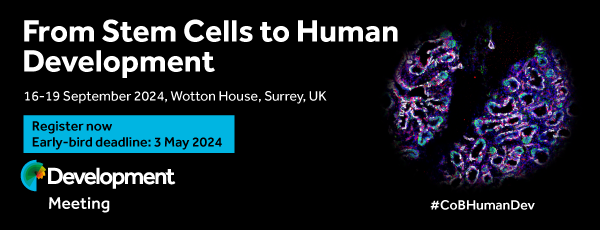
Stem cells divide asymmetrically to balance self-renewal and differentiation, thereby maintaining tissue homeostasis. But what coordinates the divisions of multiple stem cell populations in complex tissues? To address this question, Yukiko Yamashita, Alan Hunt and colleagues (see p. 831) have been studying stem cell division in the Drosophila testis, which contains both germline stem cells (GSCs) and somatic cyst stem cells (CySCs). GSCs divide asymmetrically by maintaining a fixed cell polarity within the stem cell niche. Now, the researchers use time-lapse live imaging to show that CySC asymmetric division involves the repositioning of a randomly located mitotic spindle during or near anaphase onset. Spindle repositioning, they report, requires functional centrosomes, the motor protein Dynein and the actin-membrane linker Moesin, and is required to achieve the high-fidelity asymmetric CySC divisions that maintain both GSC and CySC numbers. The researchers speculate that the use of multiple mitotic schemes may be a general mechanism whereby divisions of different stem cell populations are coordinated in complex tissues.








